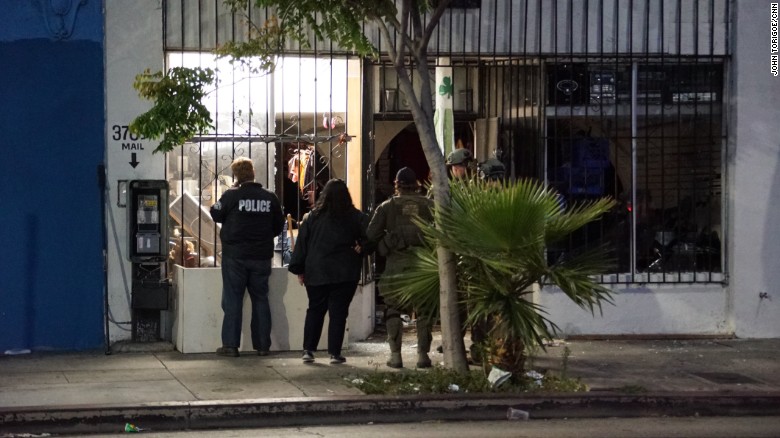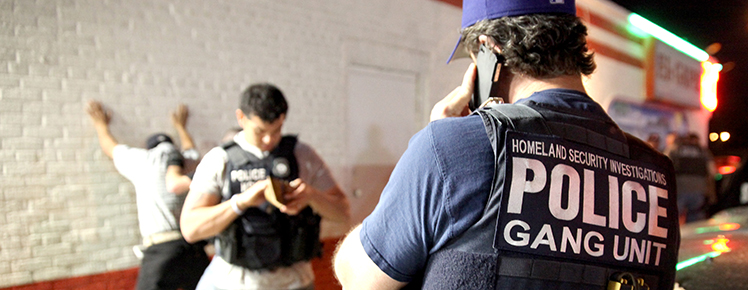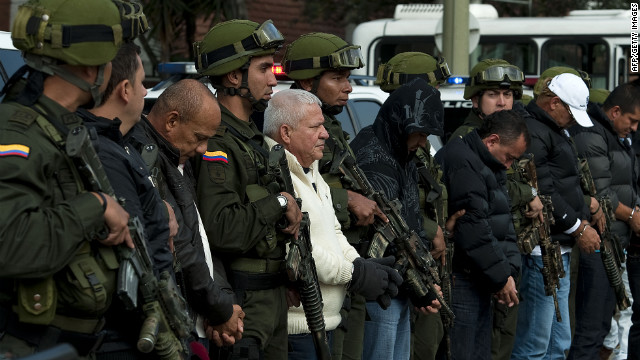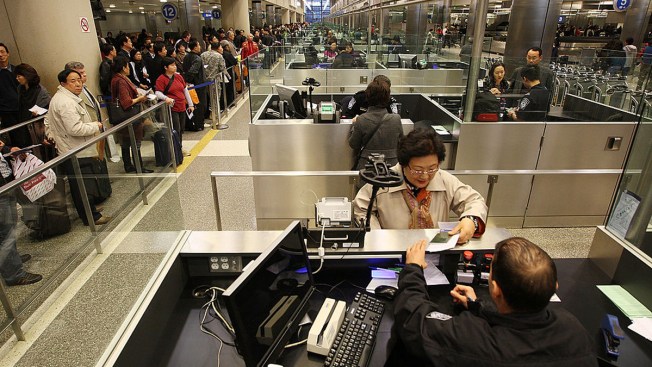 NY Daily News
NY Daily News
Primer: The LATimes reports:
Shortly after 4 a.m. Wednesday, heavily-armed ATF agents — wearing helmets and bulletproof gear and carrying rifles — forced their way into a storefront and a back building near Exposition Boulevard and Western Avenue in Exposition Park. Agents approached in an armored vehicle down a narrow alleyway behind the small business.
Once inside, federal agents and police detectives found what they described as gang members involved in human trafficking, as well as possible victims. The storefront, which appeared to be locked from the outside, was full of garbage.
A few of the people detained were handcuffed and lined up facing a metal fence in the alleyway next to the armored vehicle.
The indictment names the former leader of the gang and a dozen people who acted as a joint council of leaders, Brown said.
The lead defendant in the indictment is 43-year-old Jose Balmore Romero, known as “Porky.” Romero called the shots for the gang in Los Angeles in 2013 and 2014 and oversaw the gang’s drug-trafficking activities and coordinated the collection of extortion money, some of which was distributed to the Mexican Mafia, according to the U.S. attorney’s office in Los Angeles. Romero has been in custody since 2015, charged with ordering a gang-related slaying.
Three men were charged with murder in connection with the gang’s activities, authorities said. Carlos Alfredo Cardoza Lopez, 23, known as “Little Boy,” faces a violent crime in aid of racketeering murder charge in the fatal shooting of a innocent bystander inside the gang-controlled Little San Salvador Nightclub and Restaurant on Western Avenue, federal prosecutors said in a statement. A friend of the victim also was stabbed. More here.
Associated Press
Dozens of MS-13 gang members nabbed in 50 Los Angeles raids
Los Angeles (CNN)Hundreds of federal and local authorities stormed homes and storefronts across Los Angeles early Wednesday, targeting dozens of high-ranking members of the notorious MS-13 street gang.
The 50 pre-dawn raids, aimed at catching suspects asleep or off guard, also focused on nabbing members of MS-13’s core leadership, the Bureau of Alcohol, Tobacco, Firearms and Explosives (ATF) said.“Today we disrupted this gang’s command and control,” said Eric Harden, special agent in charge of the ATF’s Los Angeles field division.Los Angeles is the US base for MS-13, which has tens of thousands of members worldwide. Authorities count the gang among the largest criminal organizations in the US.More than half of the 44 people arrested Wednesday are undocumented immigrants, acting US Attorney Sandra Brown said.But the raids aimed to curb violent crime — not immigration violations, Los Angeles Police Chief Charlie Beck said. He said MS-13 often “preys on” undocumented immigrants.The suspects face a wide range of charges, including federal racketeering and narcotics conspiracy. If convicted, Brown said, most of those arrested Wednesday could face decades in federal prison — and three could face the death penalty.About 1,000 officers from the ATF, the FBI, the Drug Enforcement Administration, US Immigration and Customs Enforcement, the Los Angeles Police Department and the Los Angeles County Sheriff’s Department took part worked on the massive effort.And they had to execute their plan in the dark of night.An inside look into a raid
CNN’s was the only TV crew that accompanied authorities during the raids.At 4 a.m., a dozen ATF agents poured out of an armored vehicle, preparing to break open the front and back doors of an inconspicuous store just outside downtown. The storefront they hit was a suspected hub for MS-13.Rifle-wielding officers suited in body armor and helmets appeared ready for combat. With the element of surprise on their side, agents peacefully took half a dozen people into custody.One by one, they came out in handcuffs. Some were suspected gang members; some may be victims of human trafficking, authorities said.A storefront might seem like an odd place to find notorious gang suspects. But MS-13 members have been known to live in storefronts and have been suspected of using them as a cover for drug activity, prostitution and human trafficking.Investigation goes deep
Federal agents say the probe, which began in June 2014, targeted the leadership and the most violent members of MS-13 in Los Angeles and the gang’s links to the Mexican mafia.“We believe the most impact is made by targeting the mid- to upper-level hierarchy of the gang and removing them,” Harden said.“Once removed, it causes a disorganization of the gang, where it suppresses their activity for an extensive amount of time until another leader is developed or steps up.”MS-13 makes money from extortions, kidnappings, drug and weapons trafficking and human trafficking, the ATF said. Killings for the protection of the gang are common, federal authorities say, and sometimes are carried out with machetes.Harden has faced off with MS-13 for decades, dating back to his days as a street agent.“They’ve been here since the ’80s and have thrived to this date,” said Harden. “They’re a transnational or international gang. Their level of brutality is extreme and high, similar to what we read about and hear with the drug-trafficking cartels in Mexico.” More here from CNN.




 CNN
CNN
 NBCBoston
NBCBoston